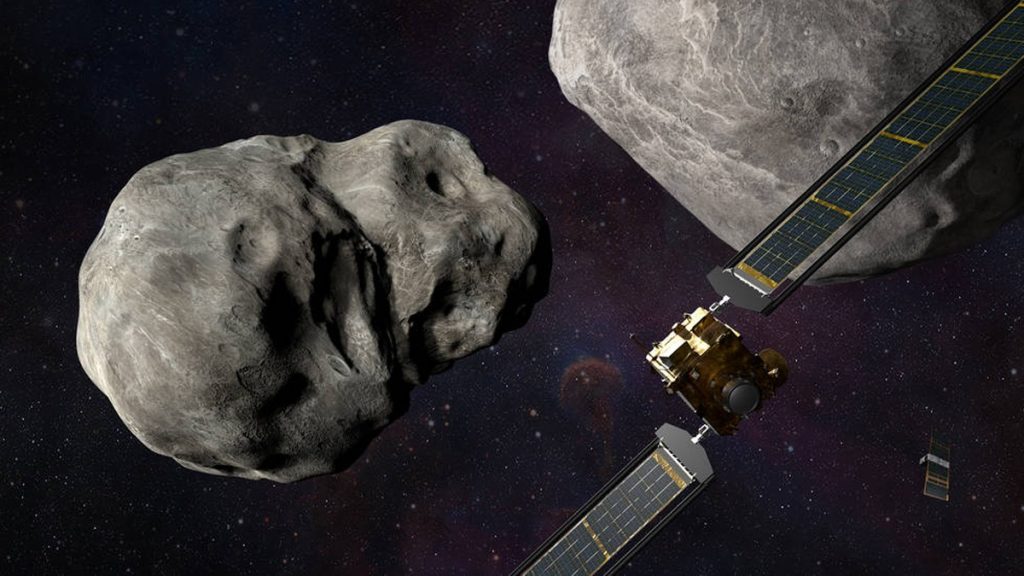The first asteroid samples from NASA have arrived on Earth. NASA’s first asteroid samples from deep space were dropped into the Utah desert on Sunday, after a seven-year trip. The Osiris-Rex spacecraft ejected the sample capsule from 63,000 miles (100,000 kilometers) away during a flyby of Earth.

The mothership headed off for another asteroid. So, the little capsule landed four hours later on a desolate stretch of military property. Scientists believe the capsule contains at least a cup of debris from the carbon-rich asteroid Bennu. But they won’t know for certain until the container is opened. When the spaceship picked up too much and rocks jammed the container’s lid during collection three years ago, some overflowed and floated away.
The mothership Osiris-Rex was launched in 2016
Japan, the only other country to return asteroid samples, collected around a teaspoon from two asteroid trips. The stones and dust delivered on Sunday are the most significant collection from beyond the moon. The materials, date back to the birth of our solar system 4.5 billion years ago. It will help scientists better grasp how Earth and life came to be. The mothership, Osiris-Rex, launched on the $1 billion mission in 2016.
It arrived in Bennu two years later. In 2020, used a long stick vacuum to collect detritus from the little roundish space rock. The spaceship had traveled 4 billion miles (6.2 billion kilometers) by the time it returned. NASA’s rescue effort in Utah included helicopters and the establishment of a temporary clean room at the Defense Department’s Utah Test and Training Range.

Dante Laurette is the asteroid mission chief scientist
The structure already stores hundreds of pounds (kilograms) of moon rocks collected by Apollo astronauts more than 50 years ago. Dante Lauretta of the University of Arizona, the mission’s chief scientist, will accompany the samples to Texas. Given the ambiguity over the amount inside, the container’s opening in Houston in the next day or two will be “the real moment of truth,” he said ahead of the landing.
Engineers believe the canister stores 250 grams (8.82 ounces) of Bennu material, plus or minus 100 grams (3.53 ounces). Even at the low end, it will easily exceed the mission’s minimum requirement, according to Lauretta. An exact measurement will take many weeks, according to NASA’s senior curator Nicole Lunning.



